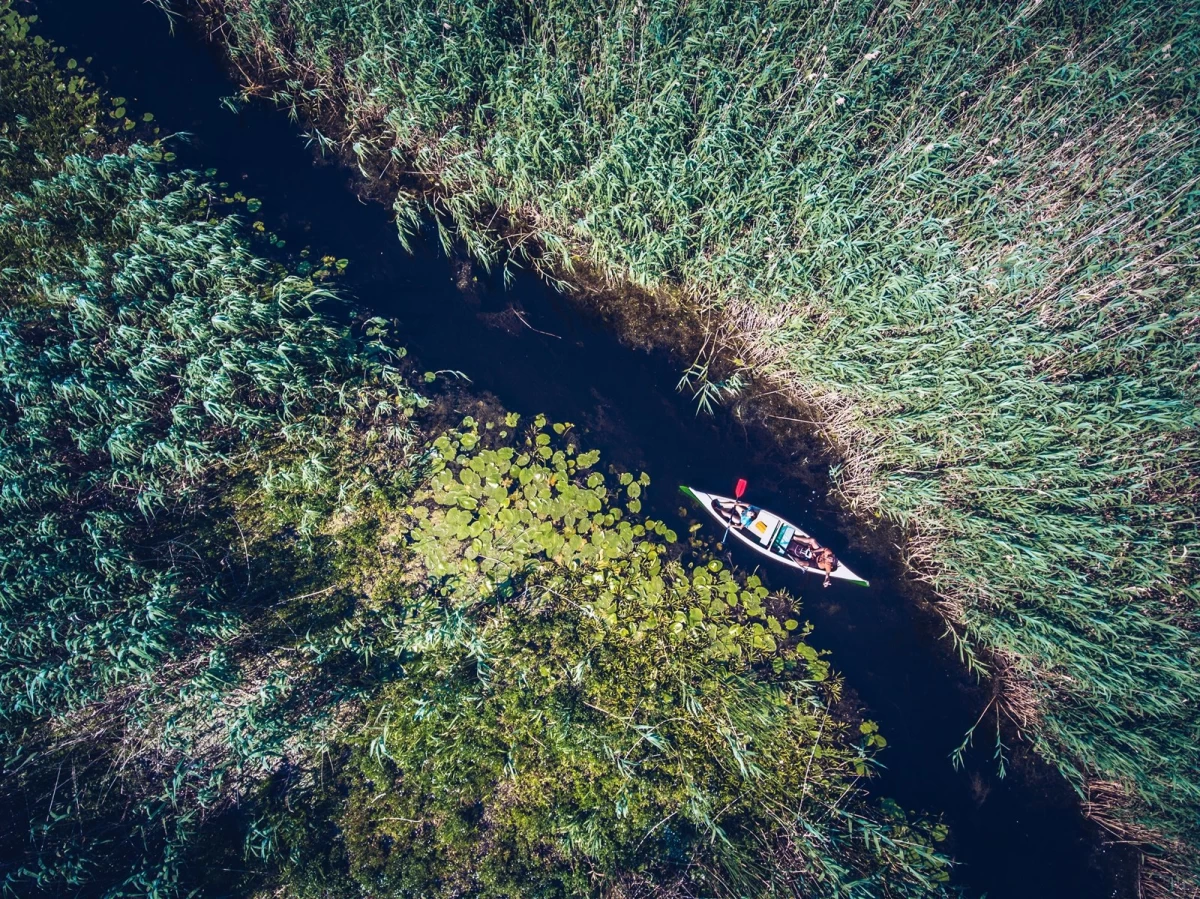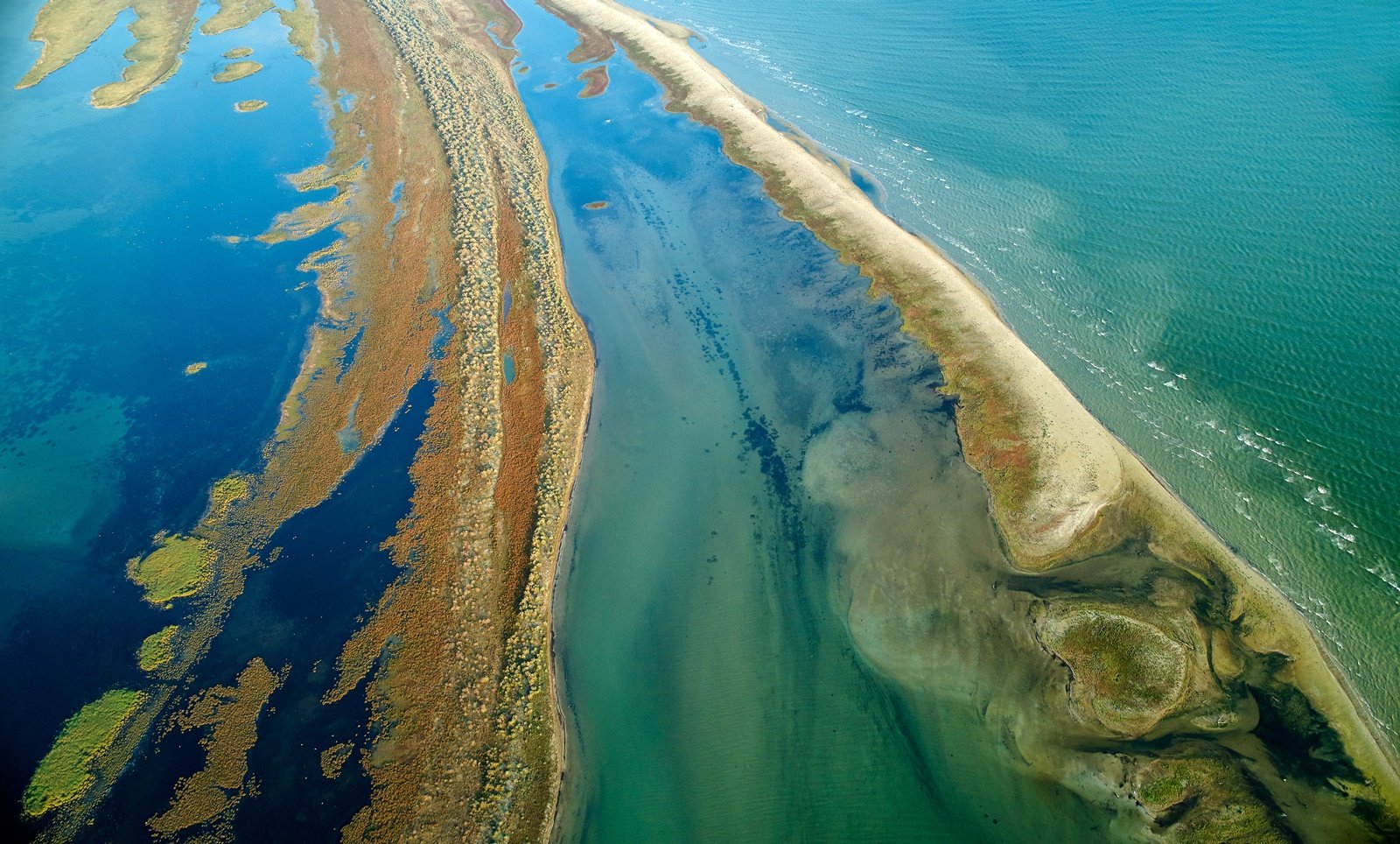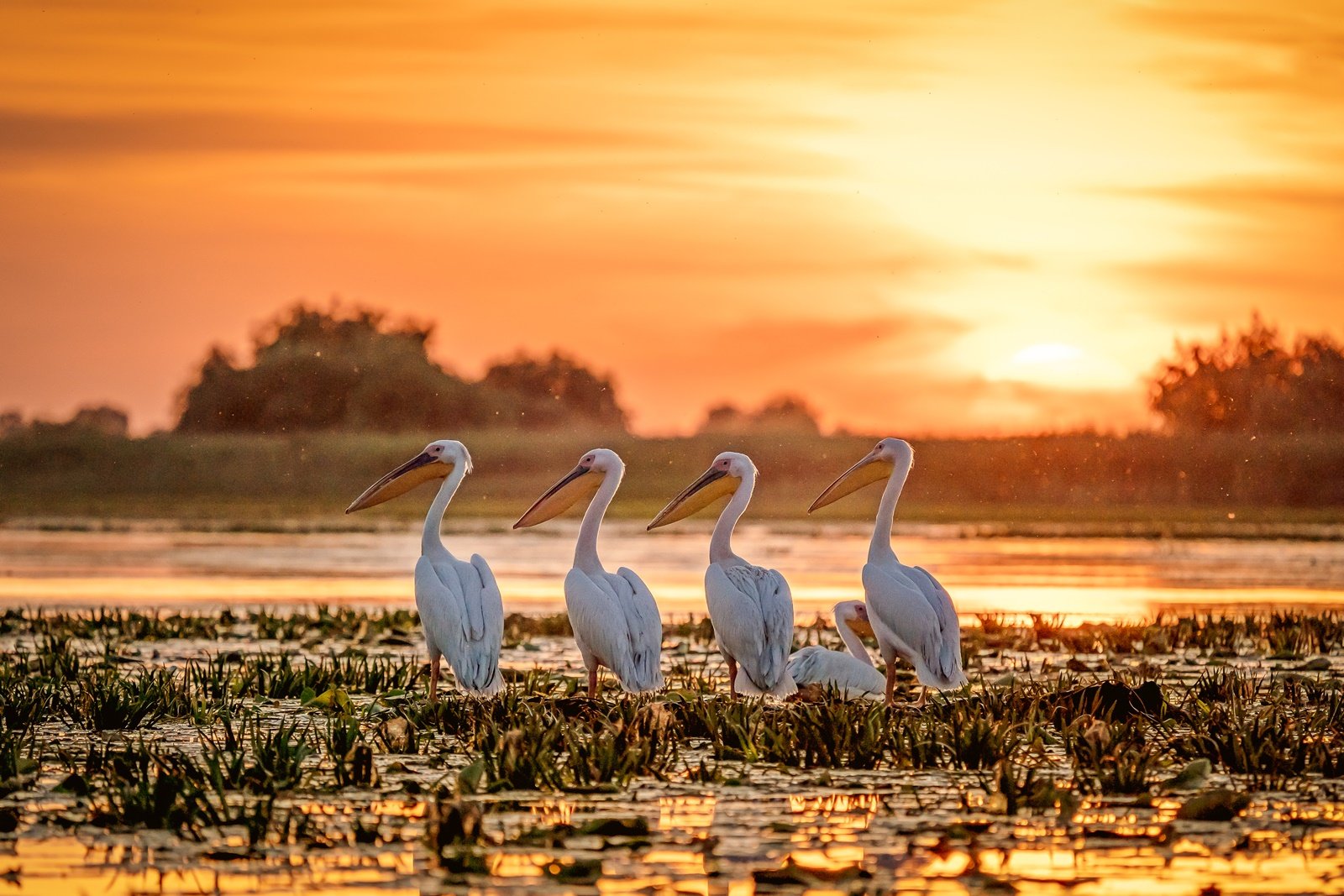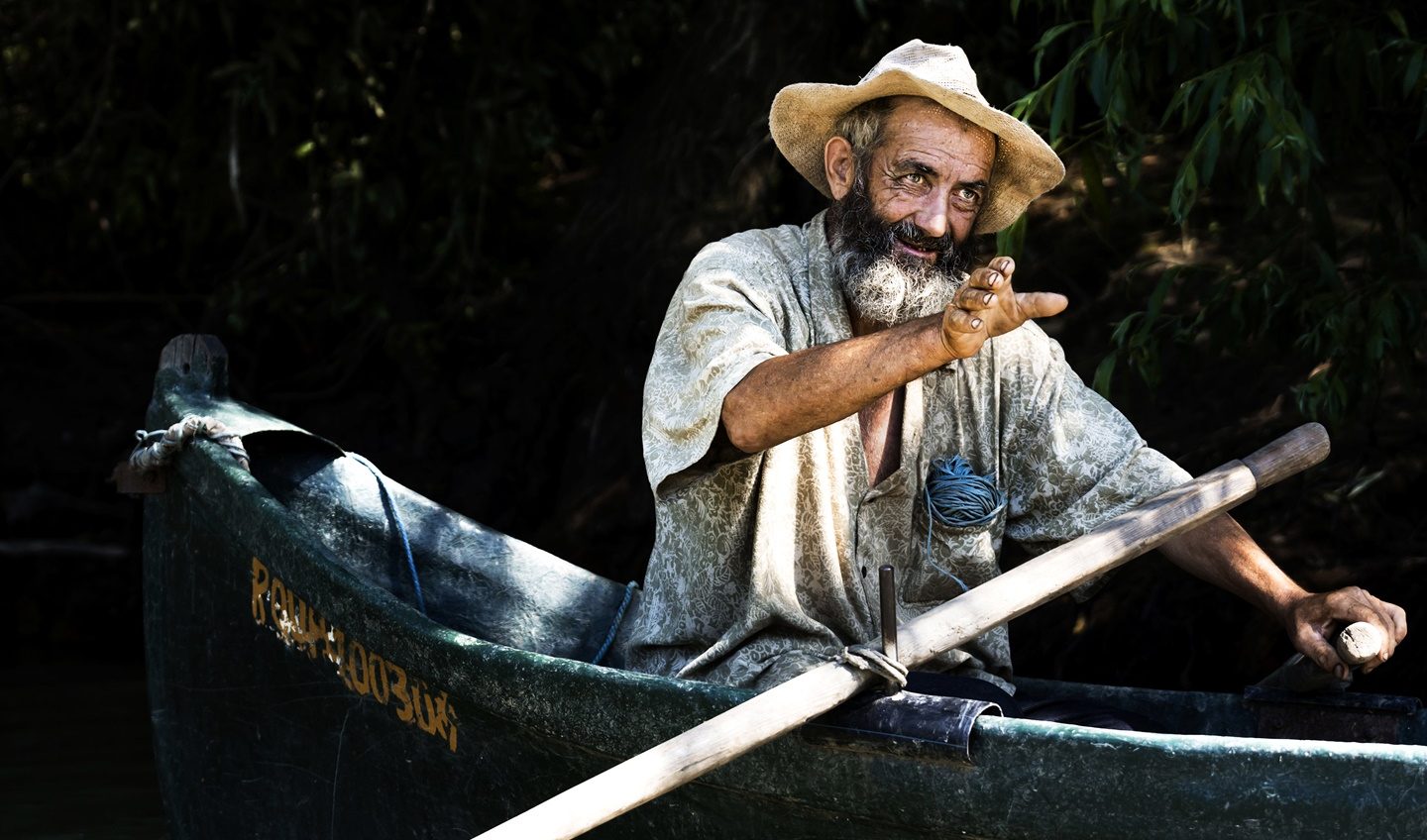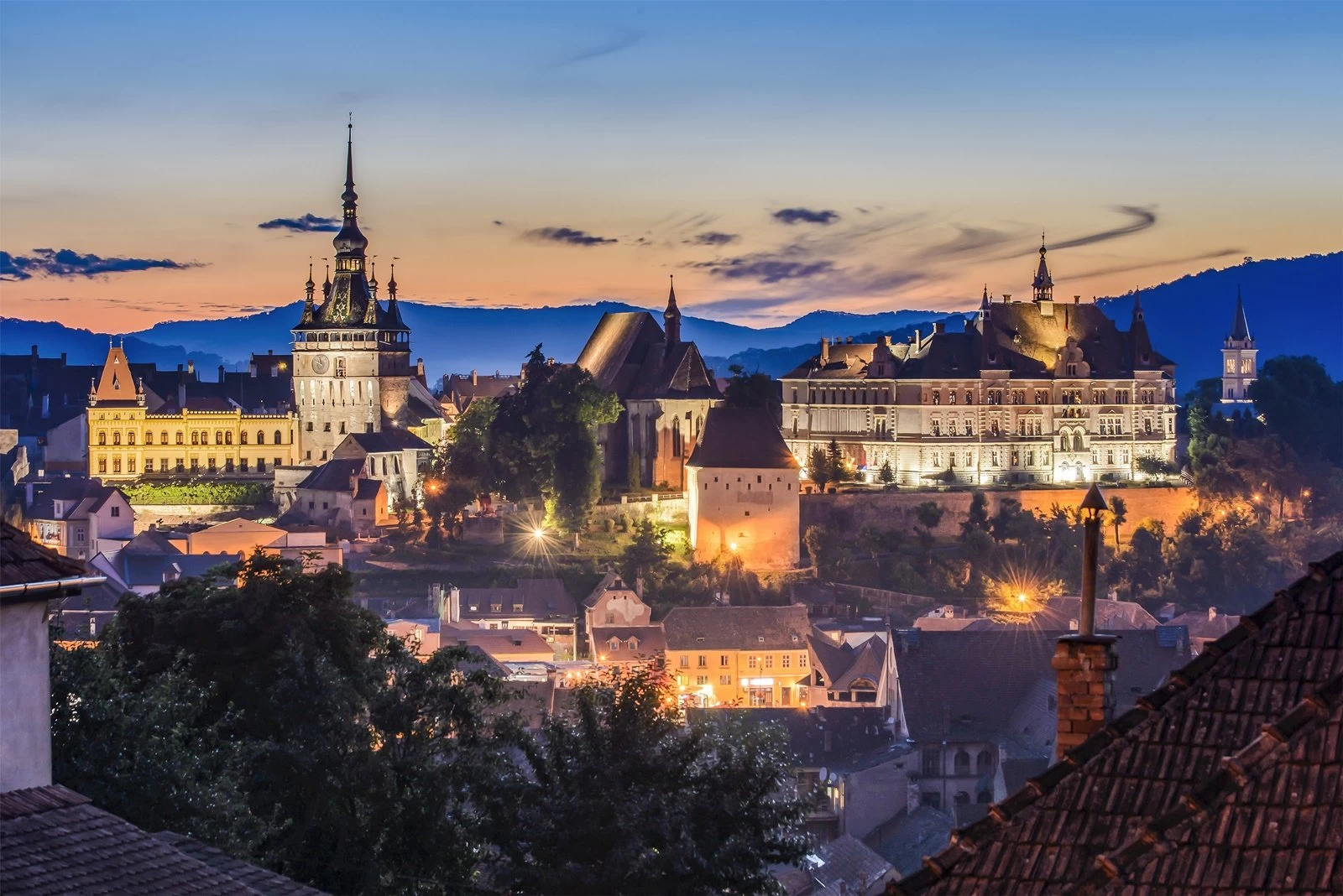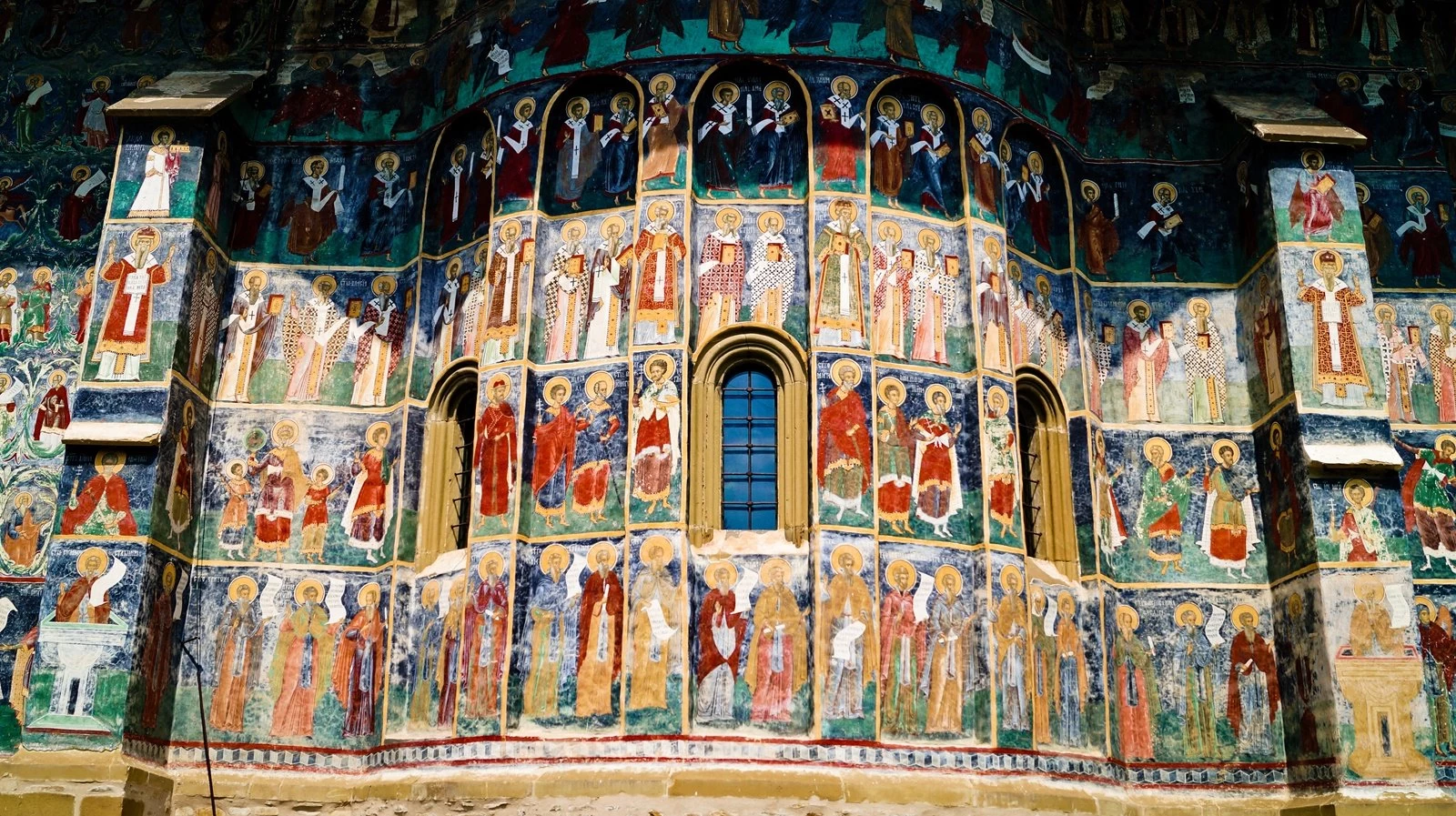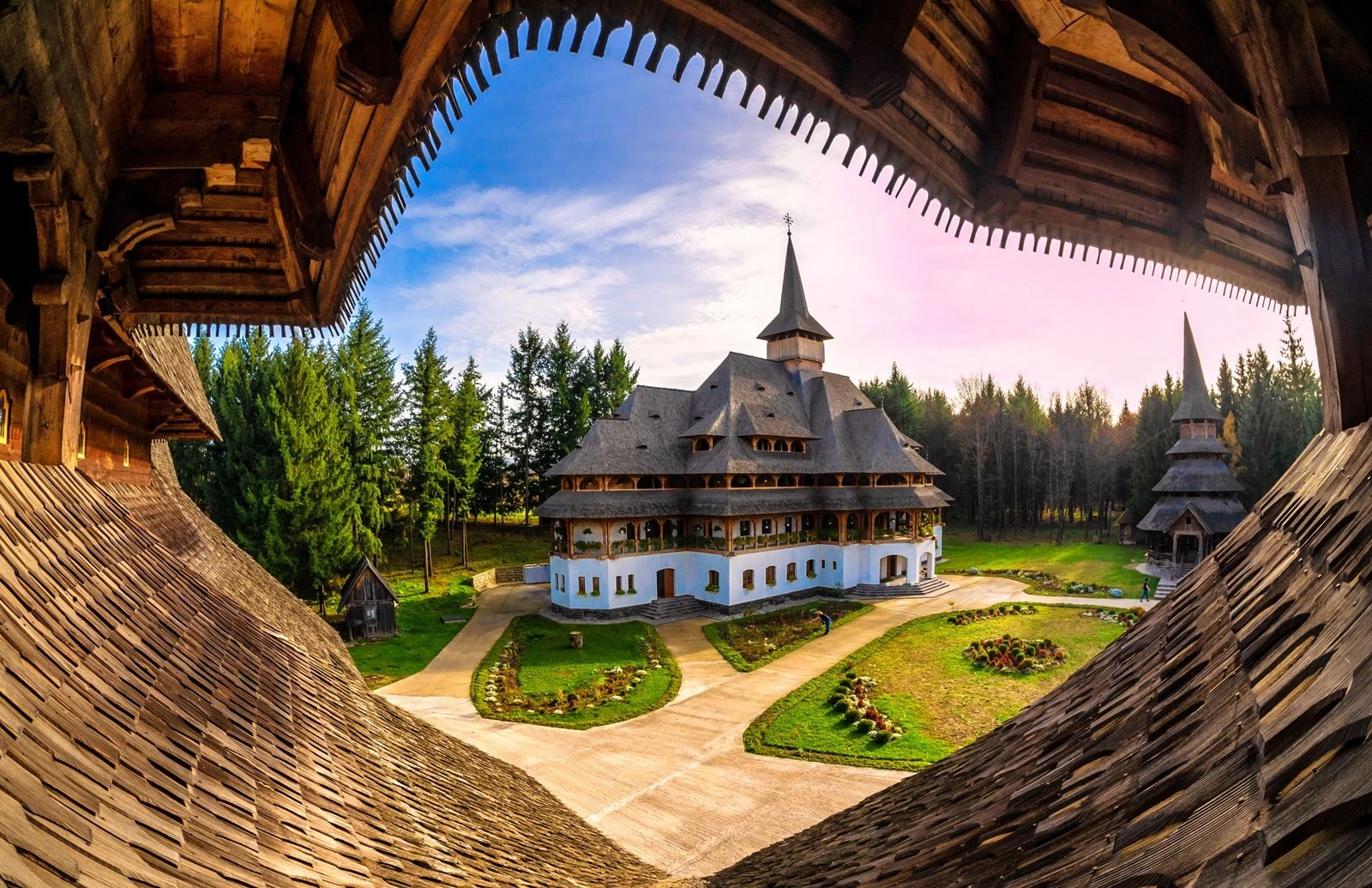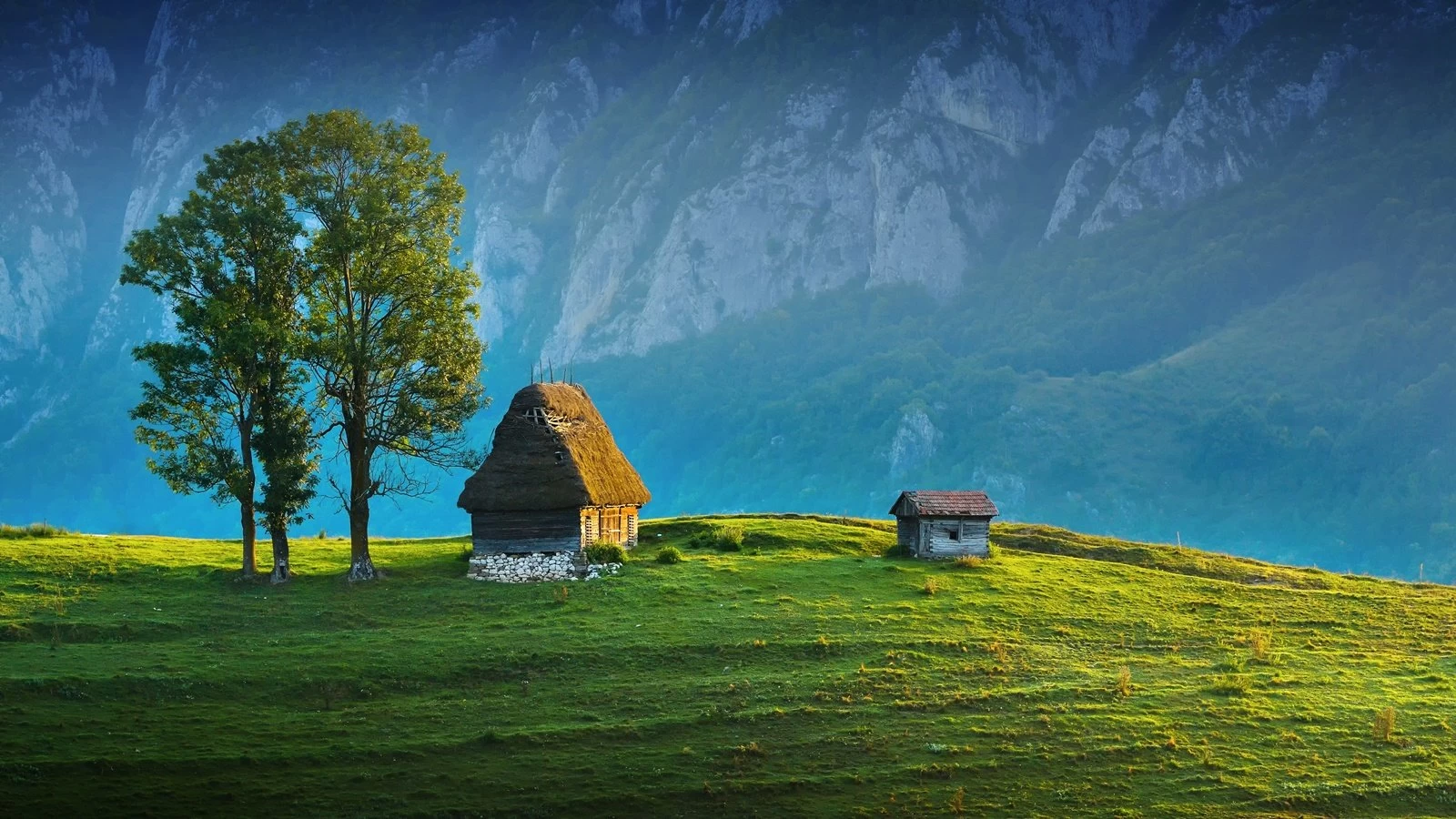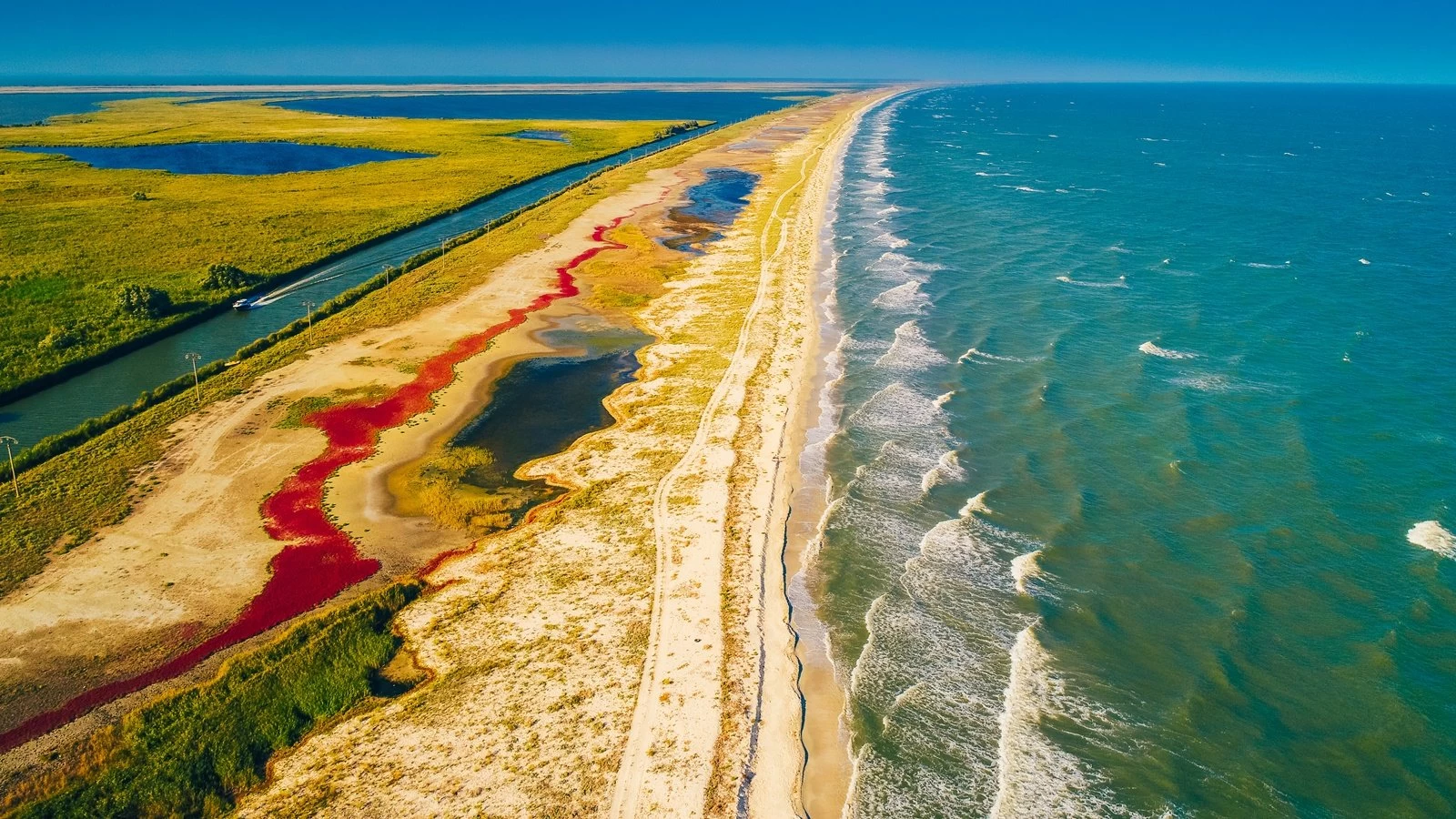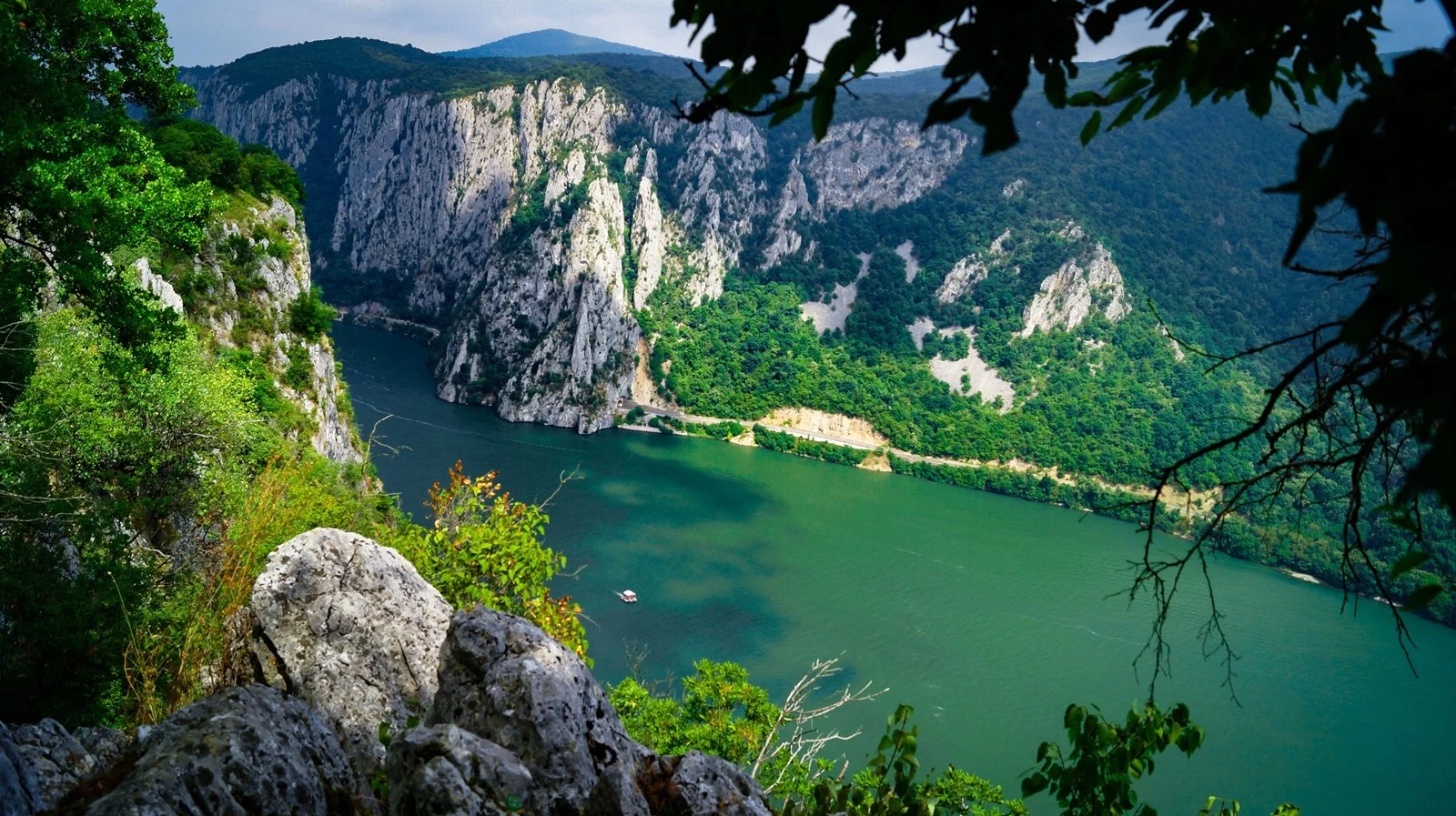Today, we're excited to share with you some fascinating insights about the Danube Delta.
While some of these may be more familiar to you, others are sure to surprise you.
Discovering The Surprising Impact Of The Danube Delta On Romania's Geography
One of the most interesting facts about the Danube Delta is that it's actually contributing to the expansion of Romania's territory. As the Danube flows through various European countries, it picks up sediment (such as sand, gravel, soil, or mud) from hundreds or even thousands of kilometers away.
As it nears its mouth at the Black Sea, the river's speed decreases significantly, causing the sediment to deposit and accumulate. Over time, this sediment builds up and forms islands that ultimately expand Romania's territory.
It's truly amazing to think that this natural wonder is not only a haven for biodiversity and stunning natural landscapes but also has such a profound impact on the country's geography.
By exploring the Danube Delta, you not only get to witness its beauty but also gain an understanding of its significance in shaping the land and the people of Romania.
Did You Know That The Danube Delta Is Not The Largest Delta In Europe?
The Danube Delta may not be the largest delta in Europe, as it ranks second after the delta formed by the Volga River at the mouth of the Caspian Sea.
Nevertheless, it remains a stunning natural phenomenon, extending over an area of more than 5700 km², with an annual expansion of approximately 40 m². It's worth noting that just 10% of this area is comprised of land, while the remaining majority consists of waterways, marshes, and lagoons.
The Danube Delta Is The Only Delta In The World Included In The Unesco World Heritage List
With 23 distinct ecosystems, it's no wonder that the Danube Delta is home to such incredible biodiversity. From flowing freshwater and salty waters to canals, meadows, lakes, islands, floating islands, beaches, and more, this region is a haven for a diverse range of flora and fauna.
Here, visitors can find a plethora of plants, animals, reptiles, amphibians, crustaceans, fish, snails, mollusks, insects, and most notably, birds.
The Danube Delta boasts one of the largest biodiversities on Earth, all within such a small space. It's no surprise that this unique region has earned a spot on the UNESCO World Heritage list.
Those who venture to the Delta can experience the wonder of this natural paradise, observing the stunning variety of wildlife while also learning about the important role the Delta plays in maintaining the ecological balance in the region.
The Ecological Balance in Delta Dunarii: Too Many Birds, Too Little Fish
Delta Dunarii houses a magnificent wildlife sanctuary, which has become home to countless bird species. With the largest colony of pelicans outside of Africa, this region is truly a bird paradise, as it is often described by numerous specialized publications. Not only red-breasted geese but also other endangered bird species have found their sanctuary in this natural wonder.
The temperate climate and the rich fish stocks lure migratory birds to the delta every year. However, this abundance of birds does not necessarily bring joy to local fishermen, as they increasingly face empty nets. To put things into perspective, a single pelican consumes more than 1000 fish during the 6 months spent in the delta, while a cormorant can devour up to 3 kg of fish per day.
Gigantic Fish Weighing Over 1 Ton (2,000 lbs)
In the Danube Delta, there are 135 species of fish, the most famous being the sturgeon. The largest sturgeon species in the Danube Delta is the beluga sturgeon. It can exceed 5 meters in length and weigh over 2000 kg.
Local legends even speak of beluga sturgeons over 9 meters long. The largest beluga sturgeon officially reported in the Danube Delta was caught in 1890 in Sfantu Gheorghe. It weighed 888 kg, of which 127 kg was just the roe. Such catches have impressive economic value.
Small Population, Many Ethnicities
The population density in the Danube Delta is approximately 2 inhabitants per km². They are spread across 32 settlements, none of which have more than 500 inhabitants, except for Sulina (the main port at the mouth of the Danube into the Black Sea).
In the Danube Delta, we are not only talking about the diversity of flora or fauna, but also about the diversity of ethnicities. Thus, Romanians, Ukrainians, Russians, Turks, and Lipovans currently live in the delta.
Danube Delta, Where The Great Empires Meet
Access to the Black Sea, the Danube River, and the crossroads of the major empires have made the Delta an ideal location for trade.
For approximately 5,000 years, numerous civilizations have settled in the Delta, building fortresses and villages that can still be visited today.
These characteristics have drawn the attention of pirates who have plundered commercial ships in the area for centuries.
Sulina, Of Significant Strategic Importance In The Past
Sulina is the only city in the Danube Delta. It is isolated from the rest of Romania, located at the mouth of the Danube River into the Black Sea. Access is only possible by water.
Its period of glory began in the 19th century, with the establishment of the European Danube Commission, which was headquartered here.
It was not long before Sulina became one of the main European ports. At that time, its population was almost double what it is today. Important people and officials from all over the world roamed the streets of this city.
The decline came with the Second World War. The city was 80% destroyed by the Soviet bombings. Today, Sulina still preserves some traces of ancient civilization.
The main attraction here is the multiethnic cemetery, where you will find the old graves of pirates or other world personalities who met their end here, in wars or shipwrecks.
A Village In The Danube Delta Has Given 25 World, Olympic, Or European Champions
The main mode of transportation in the Danube Delta is by boat. Even though nowadays most boats have motors, until recently people were used to rowing even over distances of tens of kilometers. These physical skills have made the Danube Delta give the world numerous champions in kayaking and canoeing.
The village of Crisan, with only 1200 inhabitants, has provided no less than 25 World, Olympic, or European champions. This means that on average, one out of ten households has produced a champion. The most renowned of these is Ivan Patzaichin, who has won 7 Olympic titles and 22 medals at world championships.
The Danube River Flows Through More Countries Than Any Other River In The World
Finally, we would like to tell you a few aspects about the Danube river. It is almost 3000 km (1,800 miles) long. Even though it is not the longest river in Europe, it is certainly the most important.
The Danube flows through no less than ten countries, more than any other river in the world. It rises in Germany (in the Black Forest Mountains) and passes through four European capitals (Vienna, Bratislava, Budapest, and Belgrade), as well as many other important cities in other countries.
With such a variety of species, relief forms, and multicultural influences, the Danube Delta ranks among the top tourist attractions in Europe.
Every year, tens of thousands of tourists from all over the world come here to see unique landscapes and an unparalleled way of life in Europe.
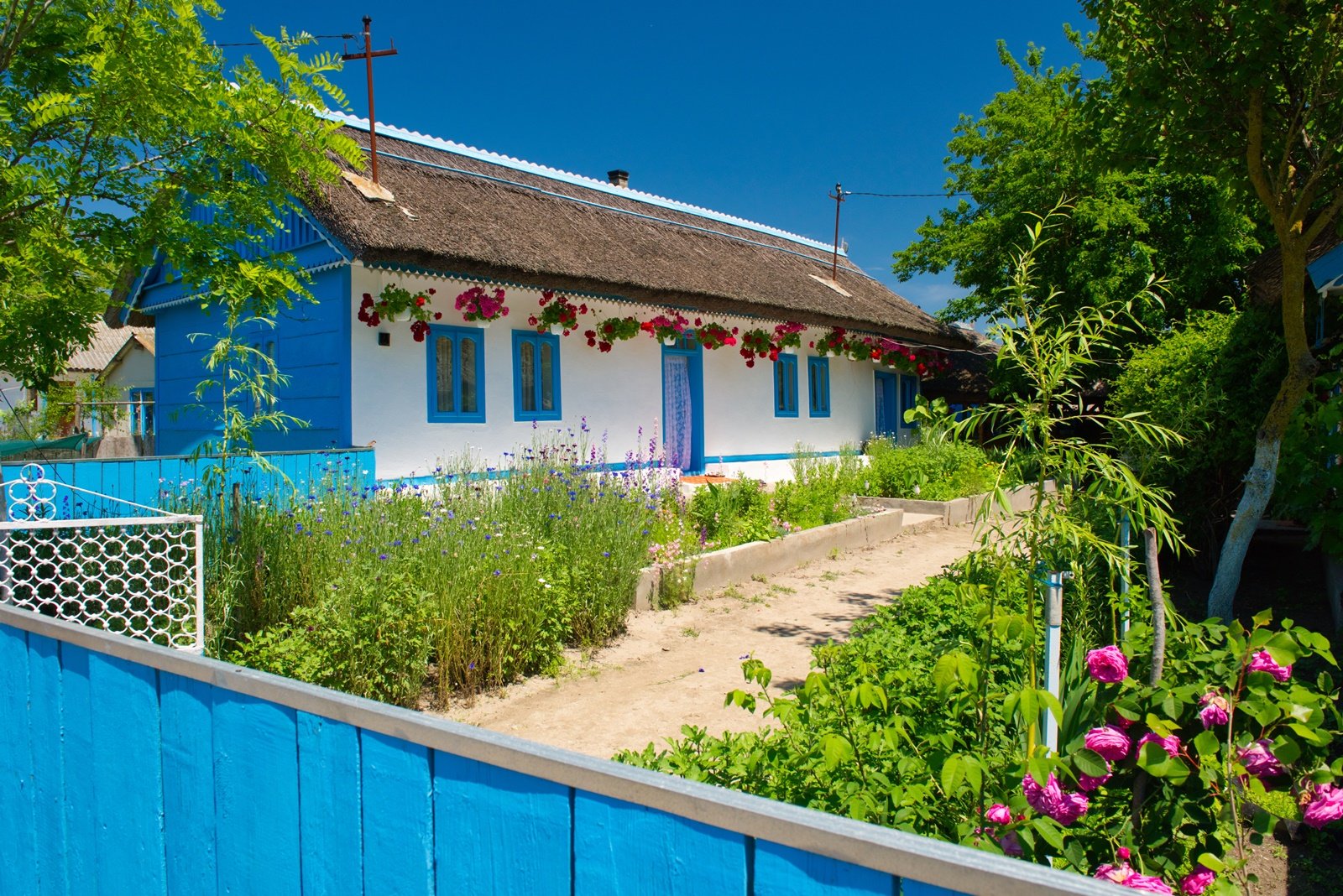
If you were not yet determined to visit this destination, all these interesting things about the Danube Delta have for sure sparked your curiosity.
Check out the most spectacular accommodations and experiences here and plan your next vacation.

